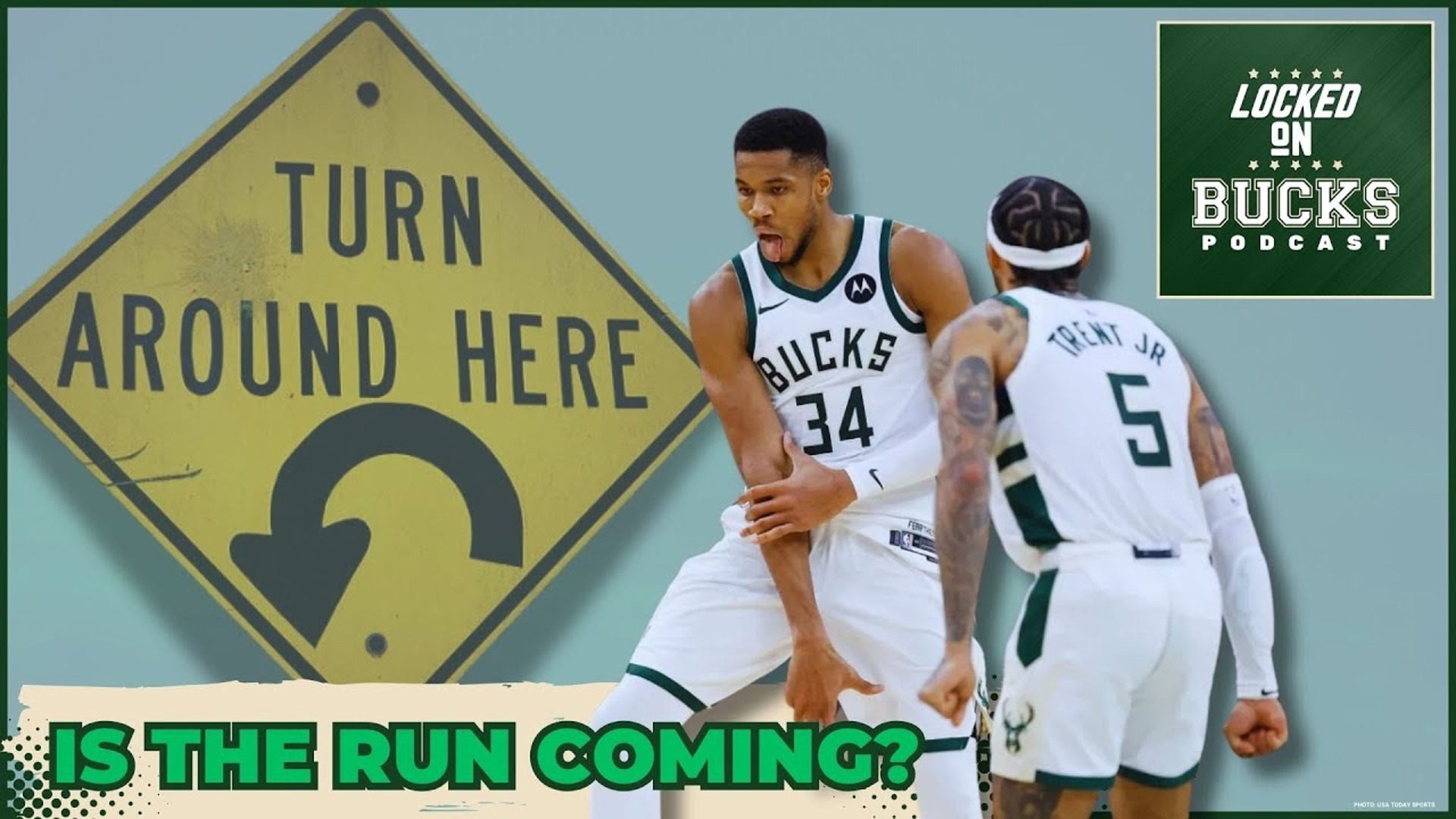Indianapolis - A convoy of moving vans brought more than the Colts to Indianapolis.
The westward migration that cold, snowy night almost a quarter-century ago also awakened Naptown to a new era of professional football, transforming the city into a major league sports town.
India-no-place was no more.
The Indianapolis Colts Super Bowl matchup Sunday with the Chicago Bears will be the highlight in the city's transformation from a sleepy Midwest city to a world-class sports venue.
"It's like that MasterCard commercial: It's priceless," Colts owner Jim Irsay said after the 38-34 AFC championship game win against the New England Patriots. "You can't explain the joy you're sharing with the community because you get caught up in that avalanche of emotions."
Indianapolis officials had decided sports was the city's ticket to prominence long before the Colts arrived in 1984.
The Indianapolis 500, the "greatest spectacle in racing," was already drawing thousands of visitors to the city each May, and Hoosier Hysteria, the nickname for the state's high school
basketball frenzy, was legendary.
"Sports was an element in our game plan to change the image of the city back in the late 1970s, early 1980s," said David Frick, a former deputy mayor. "It was a community effort involving the major businesses in town, combined with the not-for-profit sector and the government leadership of Indianapolis, and the state itself."
Frick got the nod from then-Mayor William Hudnut III to shepherd the Colts' move from Baltimore to Indianapolis. He began secret negotiations with Colts counsel Michael Chernoff in February 1984. On March 29, 1984, the Colts, threatened with eminent domain proceedings by the Maryland legislature, made their move. Two days later, the Capital Improvement Board in Indianapolis ratified a 200-page agreement that included a 20-year lease to play in the
then-Hoosier Dome.
Heads turned, and not just in the sports world, Frick said.
"Before, if you had a deal, it would oftentimes be between a couple local individuals or businesses. Suddenly, outside capital discovered Indianapolis and started making investments in Indianapolis," said Frick, chairman of the Stadium and Convention Building Authority, which is building the Colts' future home, the $675 million Lucas Oil Stadium scheduled to open in 2008.
Before the Colts, the Indiana capital was only recognized for the Indianapolis 500. The Indiana Pacers, perennial kingpins in the old ABA, had yet to make a mark in the NBA, and college sports were focused on a basketball coach with a temper as fiery as his red sweater some 50 miles to the south in Bloomington.
But in 1979, community leaders created the Indiana Sports Corp. to attract major sports events to central Indiana. The next year, Hudnut appointed a committee to study the feasibility of building a new stadium that could serve as home to a pro football team.
In 1982, the group brought in the National Sports Festival, which drew some 250,000 people to venues that included new world-class swimming and track and field facilities on the IUPUI campus. By then, the city also was building the Hoosier Dome - now the RCA Dome - which was one of the main reasons the late owner Robert Irsay was attracted to Indianapolis.
"It was not a monetary situation," Robert Irsay, the father of the current owner, said at the time. "People told me Indianapolis was excited about getting an NFL team, but never in my wildest dreams did I think we would be welcomed as we have."
Even through some rocky seasons - the Colts finished 1-15 in 1991, never won more than nine games before Peyton Manning arrived in 1998 and went through eight coaches before Tony Dungy took over in 2002 - the city's momentum toward major sports status hasn't slowed.
Indianapolis hosted the NBA All-Star game in 1985. In 1987, the Pan-American Games came to town, along with the world indoor track and field championships. The NCAA moved its headquarters from Kansas City to Indianapolis in 1999, and the city has become a regular stop for the Big Ten and NCAA men's and women's basketball tournaments, more than 400 national and international sports events and 15 U.S. Olympic team trials.
The Pacers, the city's only major team until the Colts arrived, reached the NBA Finals for the first time in 2000. That same year, the expansion WNBA Indiana Fever made its debut. The city also
hosts NASCAR and Formula One racing, keeping the Indianapolis Motor Speedway bustling beyond the month of May.
There's even talk of a bid to host the 2011 Super Bowl.
"I think the Colts have elevated Indianapolis to a status among some cities in the United States," said former Republican state Sen. Larry Borst, who witnessed the city's transformation in three decades as a lawmaker. "I don't know if we'll ever reach the plateau of Chicago or New York or San Francisco, but we're a co-equal with the Detroits and maybe Philadelphia and Dallas-Fort Worth."
Bill Benner, spokesman for the Indiana Convention and Visitors Association, said each Colts home game injects about $15 million into the city's economy. Just as important, he said, being one of 32 NFL cities fosters a "big-league" atmosphere.
"When the Colts came here in '84, that sent the message to the nation that we were indeed on a course to succeed in revitalizing, re-energizing and upgrading our image," Benner said.
Could Indianapolis have shed its sleepy Naptown image without the Colts? Maybe. But why question success?
"The sports strategy clearly has worked," Frick said. "And the Colts have been an important piece of it."
(Copyright 2007 Associated Press. All rights reserved. This material may not be published, broadcast, rewritten, or redistributed.)



